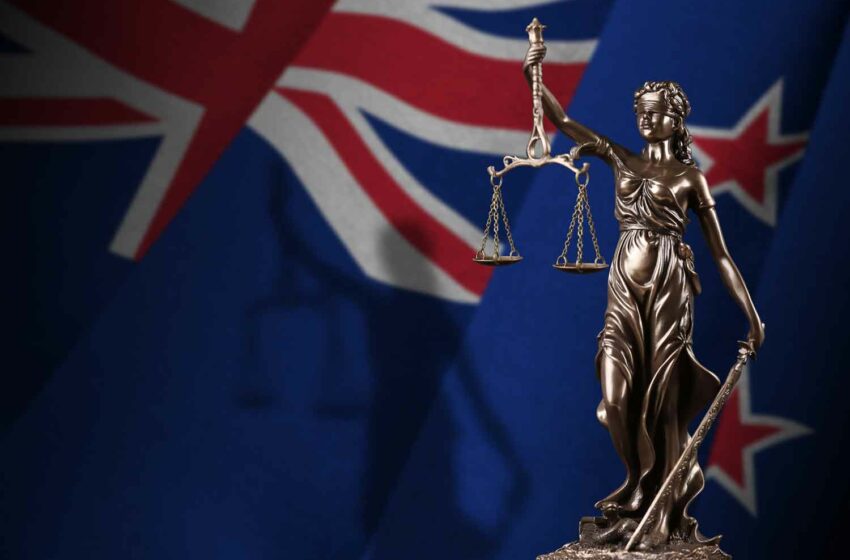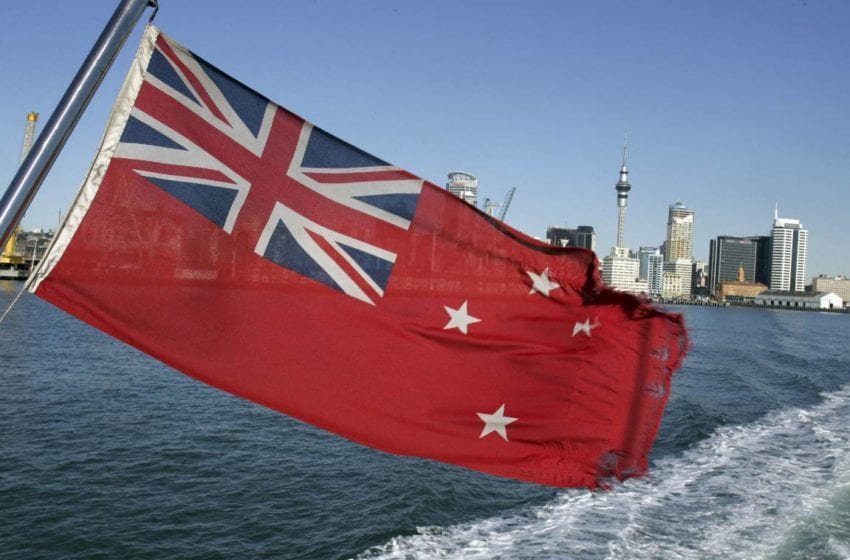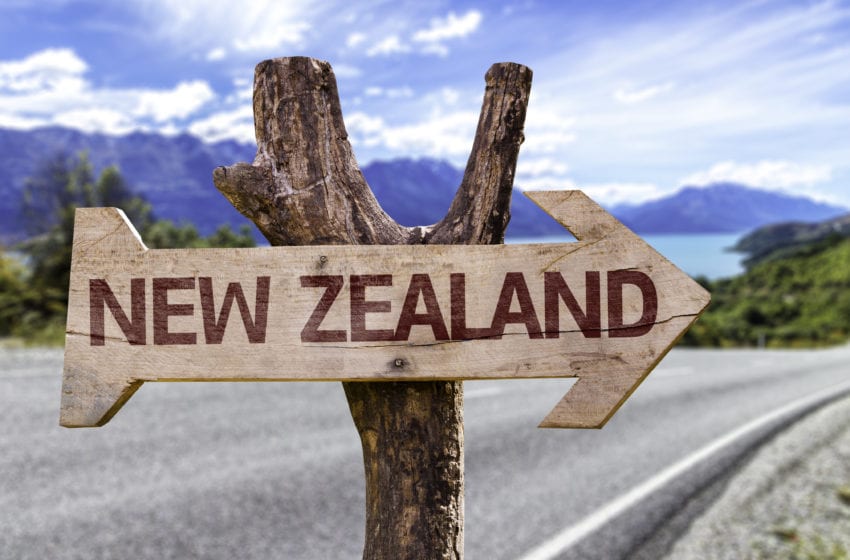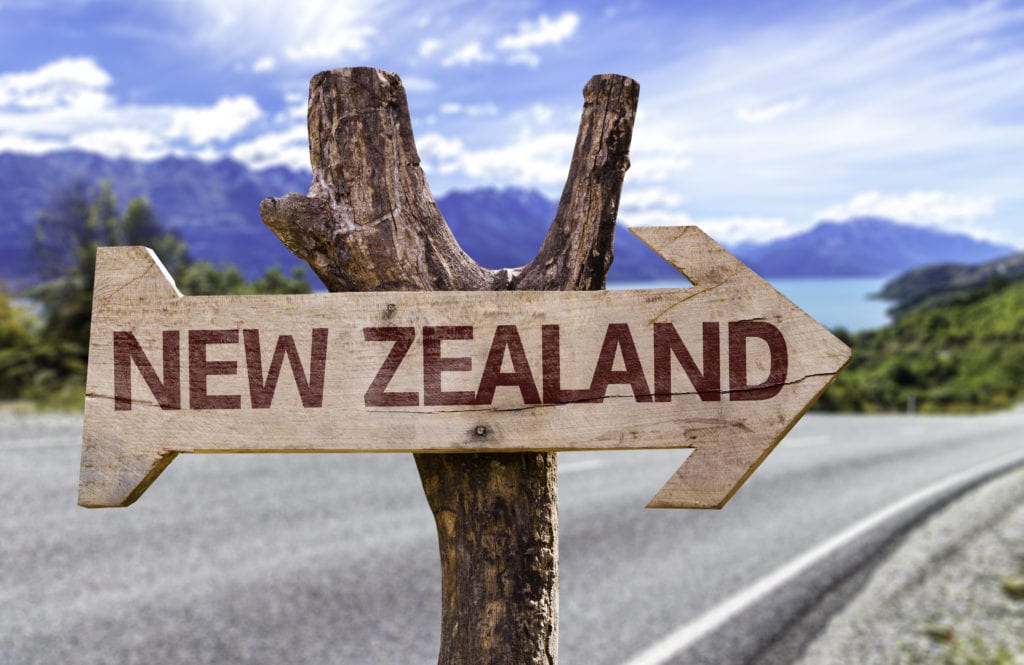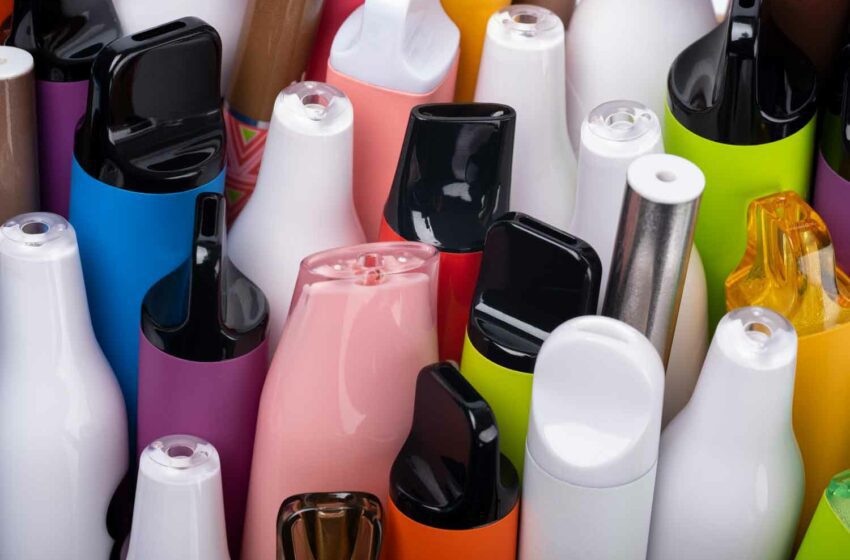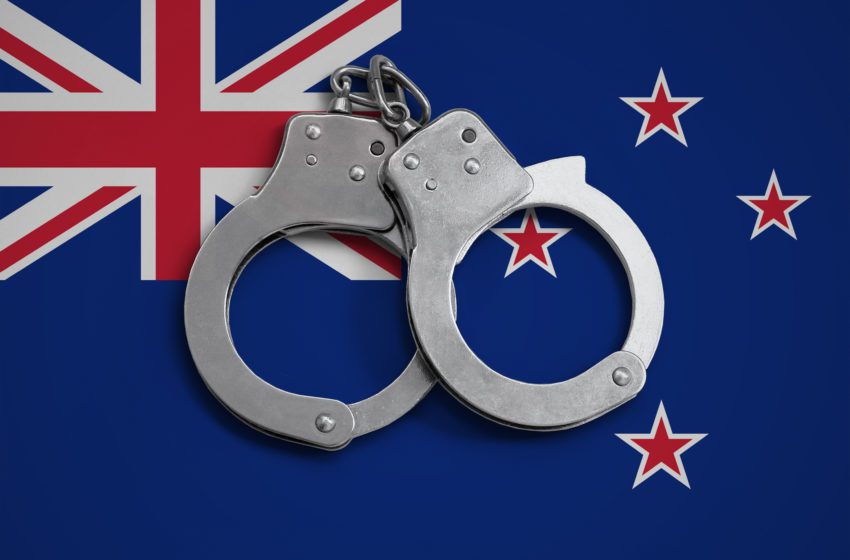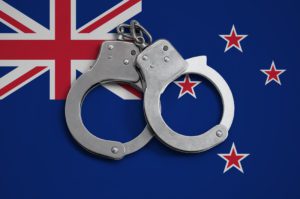The latest Briefing Paper from the Global State of Tobacco Harm Reduction (GSTHR), a project from public health agency Knowledge·Action·Change (KAC), focuses on Aotearoa New Zealand’s remarkable journey towards “smokefree” status.
“Pro-consumer laws and an endorsement for vaping: why smoking is disappearing in Aotearoa New Zealand” tells the story of the country’s rapid and growing embrace of vaping, which overtook smoking in 2022, and provides another vital case study showcasing the potential of tobacco harm reduction through the adoption of safer nicotine products (SNP), following recent GSTHR Briefing Papers on Japan and the United Kingdom. This country profile also features in The Global State of Tobacco Harm Reduction 2024: A Situation Report published last month.
While Aotearoa, New Zealand, had been experiencing falling smoking rates for the last 50 years, this decline gathered pace following the widespread adoption and, in 2018, the legalization of nicotine vaping products. Thanks to the Government’s step change in vaping policy, Aotearoa New Zealand now has a considerable chance of reaching its “Smokefree 2025” goal, a designation indicating that smoking prevalence has been reduced to below 5%.
David MacKintosh, a director for KAC, said the Briefing Paper explores the rapid trajectory of Aotearoa New Zealand’s progress in reducing smoking, the approaches that have underpinned this, and the lessons that can be learned.
“By embracing vaping as a tool for smoking cessation, policymakers are accelerating the transition away from cigarettes and their associated harms,” he said. “More needs to be done in addressing high smoking rates in some groups, notably among Māori communities, which contributes significantly to health disparities in the country. However, the experiences and success of Aotearoa New Zealand provide food for thought for many other countries seeking to tackle smoking.”
This would be a remarkable achievement given the smoking rate in 1976 was 40% for men and 32% for women. This has now fallen to the point where only 8.3% of adults smoked in 2023. In the same year 11.9% of adults vaped in the country, up from 1.4% in 2016. But while the overall smoking figures are low, they mask much higher rates within some communities. Daily smoking prevalence for Maori, who make up 16% of the country’s population, was 17.1% in 2022/2023, which is in stark contrast to the 6.1% rate for people of European descent.
Alongside regulatory oversight of vaping products to ensure quality and safety, a key factor has been the proactive encouragement of vaping as a tool for smoking cessation by the Government. The Ministry of Health has provided official resources for people looking to stop smoking with the help of vaping. Smokefree New Zealand, a smoking cessation resource run by the country’s publicly funded healthcare service Health New Zealand, has stated that “using vaping products is a legitimate option for those people who are trying to quit smoking”.
Through the Vaping Facts website, the Ministry of Health of New Zealand and Health New Zealand have also emphasized the Cochrane Review’s position that vaping is significantly safer than smoking.
Aotearoa New Zealand’s attitude to vaping is in direct contrast to its neighbor Australia, which has heavily restricted the availability of SNP by making nicotine available only in pharmacies. Australia has sought to reduce significantly the availability of safer nicotine products, which has led to the proliferation of a thriving black market in the absence of a legal market. Meanwhile, with its broadly supportive public health messaging, Aotearoa New Zealand has enabled consumers to make positive changes in their own volition, enabling them to switch from smoking to safer products.
These differences in approach have resulted in a marked difference in smoking rates between the two countries, with Australia’s smoking prevalence plateaued in recent years after many years of steady decline. Indeed, the current smoking prevalence for Australians aged 14 and over has only fallen slightly in the last five years, from 12.8% in 2018 to 11.8% in 2023.
It should be noted that Aotearoa New Zealand’s attitude towards vaping is not mirrored for all SNP. While heated tobacco products are also legal, the sale of both snus and nicotine pouches is banned. Still, as this Briefing Paper shows, Government and public health organizations in Aotearoa, New Zealand, working with consumers, have highlighted the crucial role that vaping can play in reducing smoking.
The country has demonstrated its ability to enact pro-consumer legislation effectively, and its consistent endorsement of some safer nicotine products has been a key component of its stop-smoking strategy. Central to this has been consumers, who have established a demand for safer products and proven to the Government that these products can and will exist despite initial legislative opposition.









